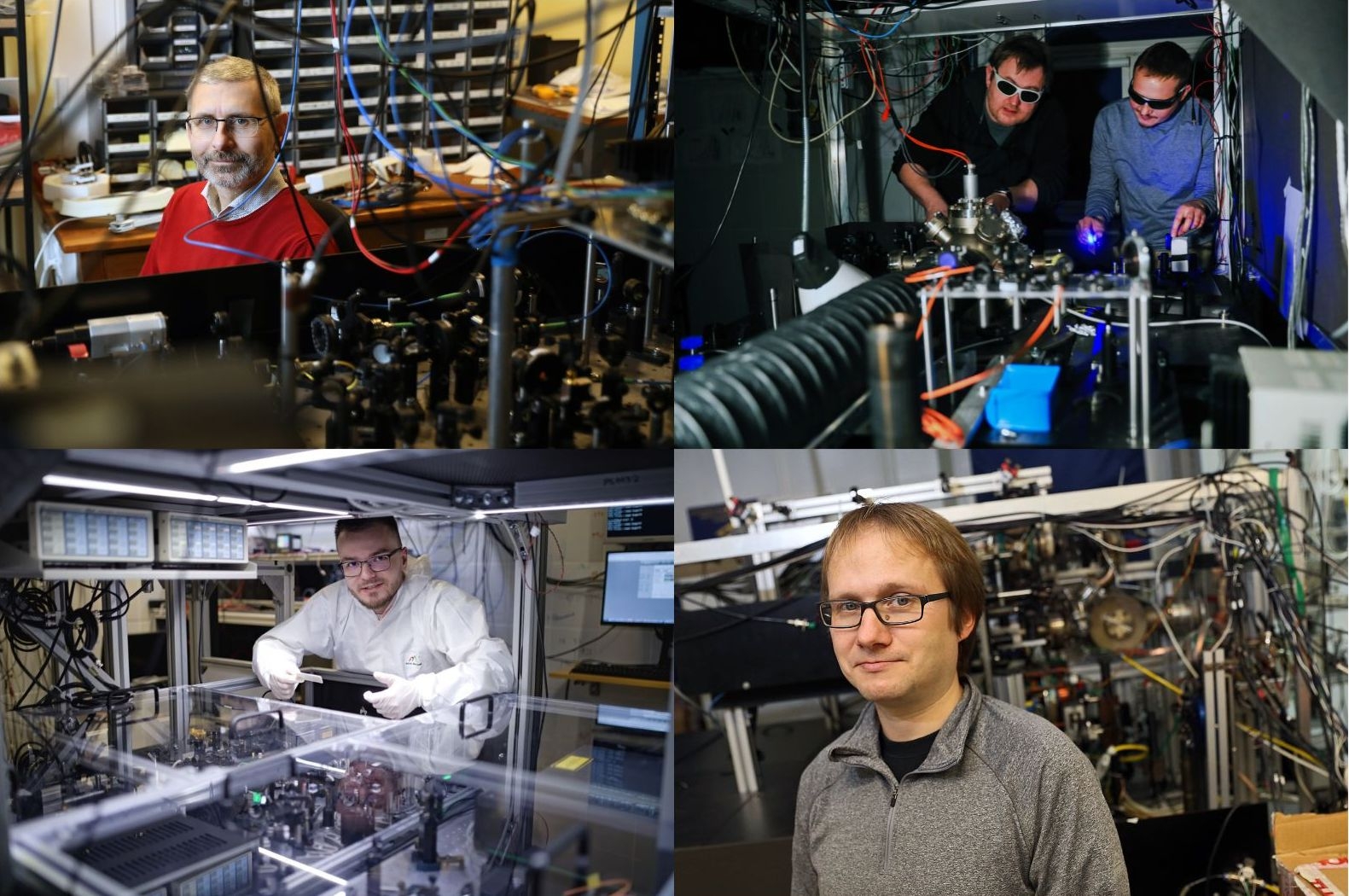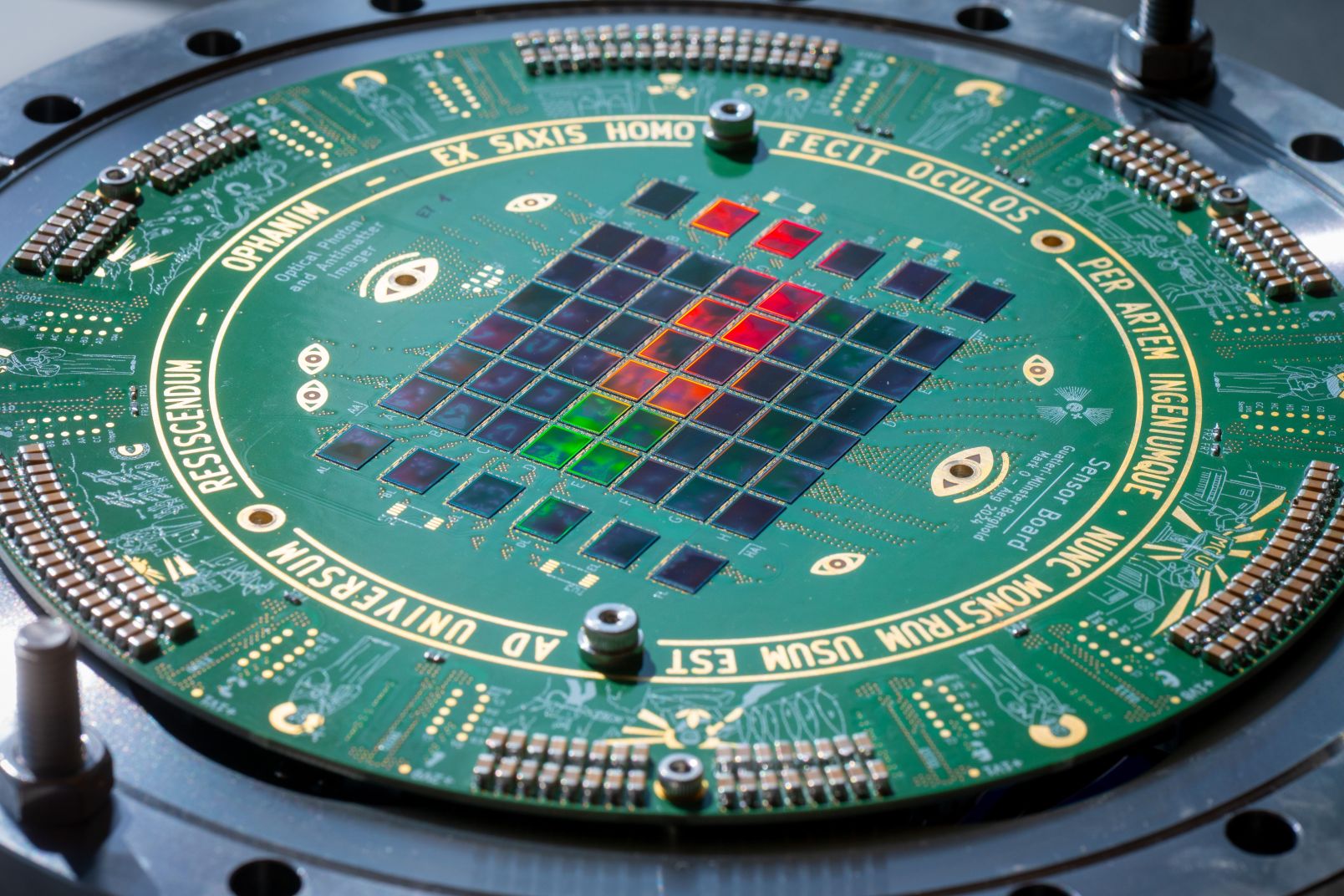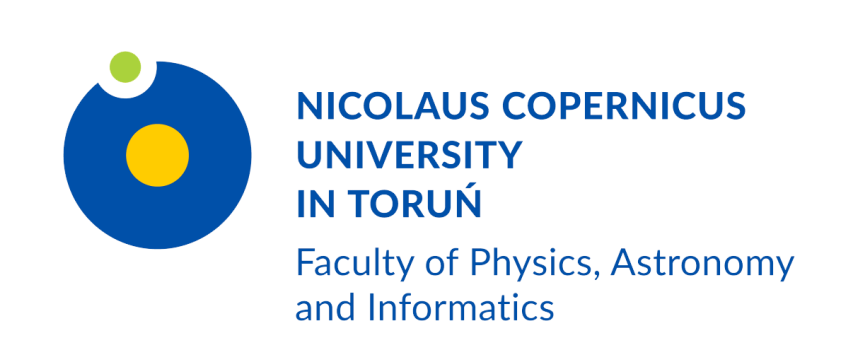![obrazek: An international group of scientists at CERN, including physicists from the Nicolaus Copernicus University in Toruń, worked on the research and experiments [fot. AEgIS/CERN] Three scientists stand in a lab. In the foreground you can see a device with colored sensors](http://www.umk.pl/wiadomosci/serwisy_wp/zdjecia/40879/srednie.jpg)
At CERN, scientists from the AEgIS collaboration, including physicists from the Nicolaus Copernicus University in Toruń, led by a team of the Technical University of Munich (TUM) have repurposedsmartphone camera sensors tocreate adetector capable of tracking antiprotonannihilations in real timewith unprecedentedresolution
Did you know that thecamerasensor in yoursmartphone could helpunlock the secrets ofantimatter?Scientistsworking together in the “Antihydrogen Experiment: Gravity,Interferometry, Spectroscopy" (AEgIS)developed a detector using modified mobile camerasensors totrackin real timethe pointswhereantimatterannihilates withmatter. This newdevice, described in a paper just published inScience Advances,can pinpointantiprotonannihilations with a resolutionof about 0.6 micrometres, a 35-fold improvement overprevious real-timemethods.

AEgISand other experiments at CERN's Antimatter Factory, suchALPHAandGBAR,areon a mission to measure the free-fall of antihydrogen under Earth's gravitywith highprecision,each using a different technique.AEgIS's approach involvesproducing ahorizontal beam of antihydrogen and measuring its vertical displacement using a devicecalled a moiré deflectometer that reveals tiny deviations in motion and a detector thatrecordstheantihydrogen annihilationpoints.
For AEgIS to work, we need a detector with incredibly highspatialresolution,and mobilecamera sensors have pixels smaller than 1 micrometer," says Francesco Guatieri from theresearch neutron source FRM II at TUMandPrincipal Investigator of the research. “We haveintegrated 60of theminthe single photographic detector, the Optical Photon and AntimatterImager (OPHANIM), with the highest number of pixels currently operational: 3840MPixels.Previously, photographic plates were the only option, but they lacked real-time capabilities.Our solution, demonstrated for antiprotonsand directlyapplicable to antihydrogen, combinesphotographic-plate-level resolution, real-time diagnostics, self-calibrationand a good particlecollection surface, all in one device.
Specifically, the researchers usedSony optical image sensorsthathad previouslybeenshownto be capable of imaging low-energy positronsin real time with unprecedentedresolution. “We had to strip away the first layers of the sensors, which are made to deal witht headvancedintegrated electronicsofmobile phones," says Guatieri. “This required high-level electronic design and micro-engineering.
Thisis a game-changing technologyfor the observation ofthe tiny shifts due to gravity in anantihydrogen beam travelling horizontally, and itcanalsofindbroader applications inexperiments where highpositionresolution iscrucial, orto develop high-resolution trackers."says AEgIS spokesperson Ruggero Caravita. “This extraordinary resolution enables usalsotodistinguish between differentannihilation fragments, paving the way for new research onlow-energy antiparticle annihilation in materials, concludes Caravita
Indeed,annihilations appear as star-shaped events with multiple tracks emanating from oneprimary vertex.Green, cyan and orange arrows indicate examples ofnuclearfragments, protons, and pions.

A key factor in achieving the record precision was an unexpected element: crowdsourcing.
- We found that human intuition currently outperforms automated methods, says Guatieri. The AEgIS team asked their colleagues to manually determine the position of theantiprotonannihilation points in each of the more than 2500 detector images, a procedure that turned outto be far more accurate and precise than any algorithm. The only downside: it took up to 10hours for each colleague to plough through every annihilation event

 Grudziądzka 5, 87-100 Toruń
Grudziądzka 5, 87-100 Toruń